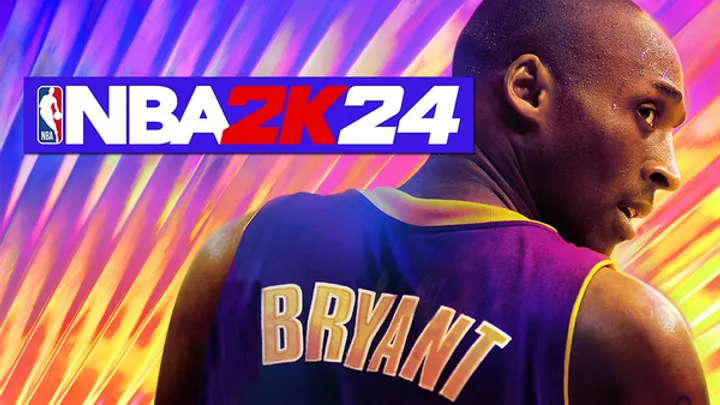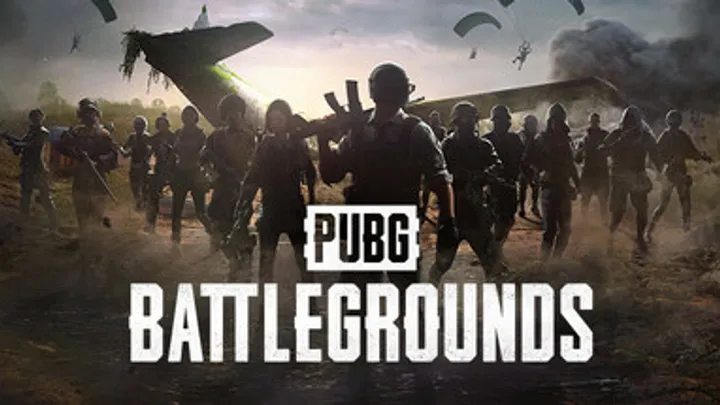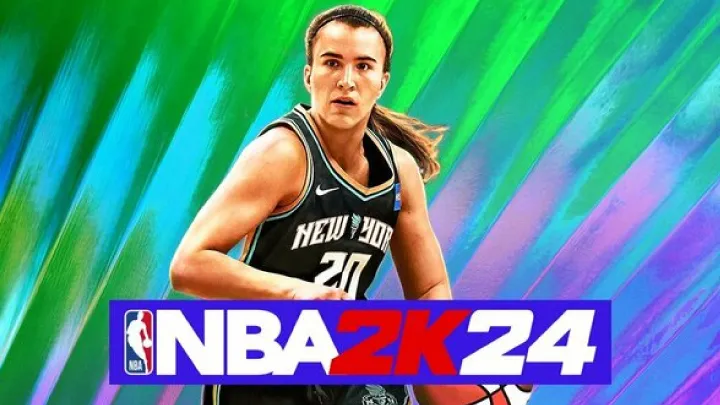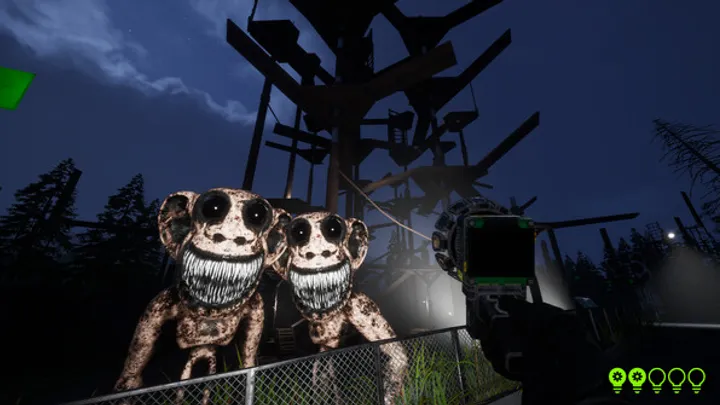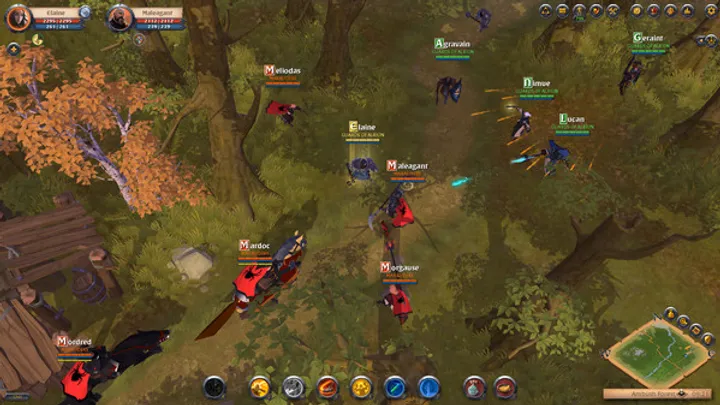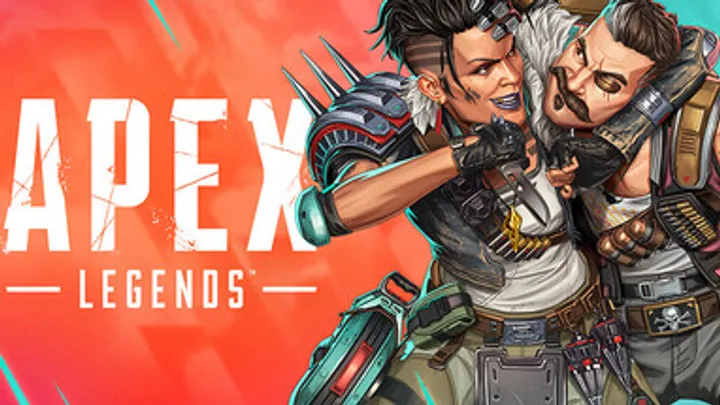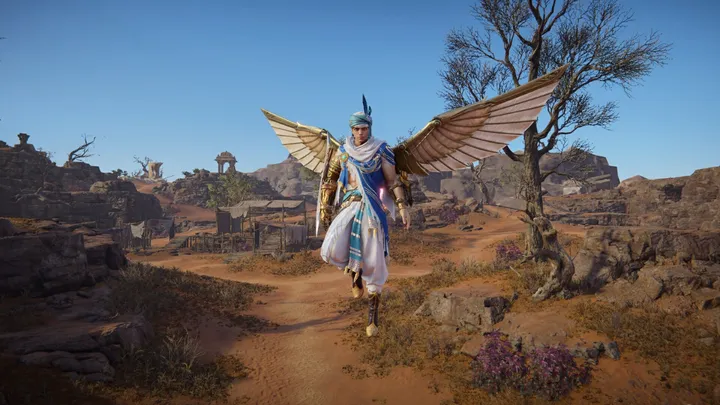Introduction
Marvel Rivals is one of the most anticipated team-based action games, bringing together iconic Marvel superheroes and villains in fast-paced 6v6 battles. Unlike casual brawlers, this game emphasizes tactical teamplay, map knowledge, role specialization, and hero mastery. Success requires far more than just knowing your favorite character—it demands an understanding of when to fight, when to retreat, and how to synchronize with your team’s abilities. This guide will take you step by step through the most important tips and strategies, structured across the different stages of your learning journey. By the end, you’ll have a complete roadmap on how to play smarter, improve faster, and dominate in Marvel Rivals.
How to Start Strong in Marvel Rivals
When first stepping into Marvel Rivals, don’t rush into ranked matches. Instead, explore training modes and casual queues to get a feel for different heroes. New players often make the mistake of locking onto one hero too quickly. At this stage, focus on sampling various characters from different roles—damage dealers, tanks, and supports.
By doing this, you’ll quickly understand the strengths and weaknesses of each category. It also allows you to adapt better later when your team composition requires flexibility. Starting broad before specializing will create a more complete foundation for growth.
Beginner checklist
- Try at least three heroes from different roles
- Practice in casual before ranked
- Focus on learning basics like positioning
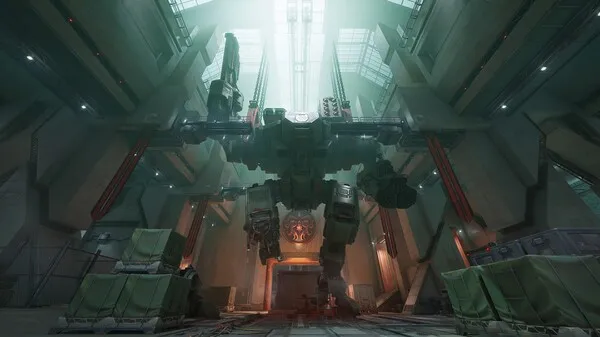
How to Choose the Best Heroes for Your Playstyle
Every hero in Marvel Rivals fills a specific niche. Characters like Hulk provide durability and initiation, while Iron Man excels at ranged DPS. Doctor Strange and Scarlet Witch shine as supports, offering crowd control and healing.
To maximize performance, choose heroes that fit your personality and reflex style. If you thrive in close-quarters brawls, tanks and melee damage heroes may suit you. If you prefer precision and tactical play, ranged DPS or supports may be ideal.
Role overview
- Tank: Initiate fights and soak damage
- DPS: Eliminate threats quickly
- Support: Sustain and control fights
How to Master Hero Abilities and Combos
Abilities define each hero’s unique identity. The key is not just knowing what your skills do, but when to use them. Timing a stun or knockback can decide whether your team wins or loses an engagement.
Combos between heroes elevate gameplay further. For example, Thor’s lightning stun followed by Rocket Raccoon’s explosive barrage can wipe enemies in seconds. Learning these synergies requires practice with teammates but pays off in clutch moments.
Ability mastery tips
- Save your strongest abilities for high-value targets
- Practice chaining combos with teammates
- Study cooldown timers for precision play
How to Control the Map Effectively
Marvel Rivals maps are more than battle arenas—they’re tactical puzzles. Understanding choke points, high ground, and objective spawns is critical. Teams that control key areas force the enemy into bad engagements.
Verticality plays a major role in Marvel Rivals. Heroes like Spider-Man and Iron Man exploit high ground to gain better visibility and attack angles. Always aim to contest strong map positions before the enemy does.
Map control essentials
- Secure high ground whenever possible
- Rotate as a group to capture objectives
- Anticipate enemy flanks through choke points
How to Build Team Synergy
No single hero wins alone. Marvel Rivals rewards synergy between teammates. Building a team with complementary roles ensures balance and consistency. Two DPS without support often crumble, while a tank without backup feels useless.
The strongest teams plan combos and rotations together. Coordinating ultimates and chain abilities often guarantees objective control. Effective synergy transforms good players into unstoppable teams.
Team synergy principles
- Balance roles within your squad
- Communicate ultimate status before fights
- Support tanks when they dive into combat
How to Adapt to Enemy Strategies
Every match evolves as players adjust. If the enemy relies on heavy healing, switch to burst heroes that eliminate supports quickly. If they dominate from long range, bring mobile characters to pressure their backline.
Adaptability is the secret to countering strong strategies. Stubbornly sticking to your comfort hero, even when ineffective, reduces your team’s chances. Master at least two heroes in each role so you can adapt mid-game.
Adaptation checklist
- Identify enemy win condition early
- Counter specific threats with role swaps
- Exploit weaknesses such as lack of tanks or supports
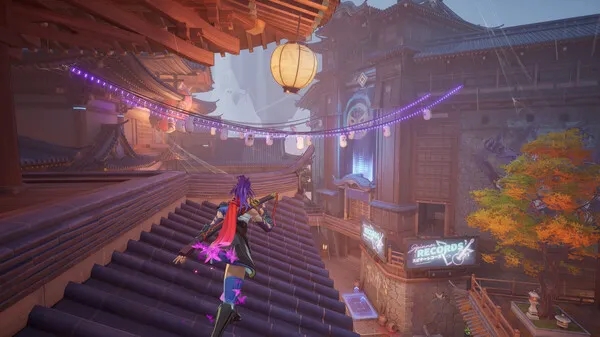
How to Communicate and Lead
Communication is the heartbeat of Marvel Rivals. Use concise callouts for enemy locations, ultimate availability, and incoming ambushes. Avoid filling chat with negativity; focus on sharing actionable information.
Leadership emerges when players coordinate calmly and keep morale high. Even in losing rounds, motivating teammates can spark comebacks. Communication isn’t just about mechanics—it’s about building trust.
Communication rules
- Call out cooldowns and objectives clearly
- Use pings if voice chat isn’t available
- Encourage rather than criticize teammates
How to Train and Improve Consistently
Improvement comes from consistent practice. Dedicate time to training modes for aim practice, cooldown management, and learning lineups. Watching replays of your matches highlights mistakes and helps refine decision-making.
Professional streams are another valuable resource. Observing how top players approach fights teaches advanced tactics you can apply in your own games. Combine self-practice with observation for rapid growth.
Training methods
- Daily practice with aim drills and cooldowns
- Replay analysis after tough matches
- Study pro gameplay for strategies
How to Handle Competitive Pressure
Ranked matches test not only skill but mental resilience. Losing streaks happen to everyone; the key is staying composed. Tilt often leads to poor communication and hasty decisions that snowball losses.
Set achievable goals per session, like improving positioning or ultimate usage, instead of obsessing over rank alone. Consistent growth over time will naturally raise your rank without unnecessary stress.
Mindset building tips
- Focus on learning rather than winning every match
- Take breaks after multiple losses
- Celebrate small improvements
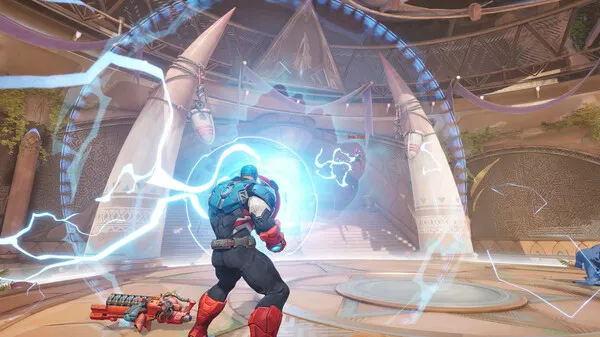
How to Climb Ranks and Play Like a Pro
Climbing ranks requires discipline and teamwork. Solo-queuing is possible, but stacking with friends increases coordination and win rates. Prioritize fundamentals—map control, communication, and synergy—over flashy plays.
Professional-level play involves mastery of multiple heroes, adaptation to enemy drafts, and leadership under pressure. By following structured improvement and maintaining discipline, any player can climb and perform at higher competitive tiers.
Rank-climbing habits
- Queue with a consistent team
- Review gameplay weekly for errors
- Stay flexible and positive in high-pressure matches
Conclusion
Marvel Rivals is a complex, team-driven game where strategy and synergy matter as much as individual skill. By following these tips and guides, players can grow from beginners to competitive threats. The journey demands patience, communication, and adaptation, but the payoff is immense: more victories, deeper mastery, and unforgettable moments alongside iconic Marvel heroes.








